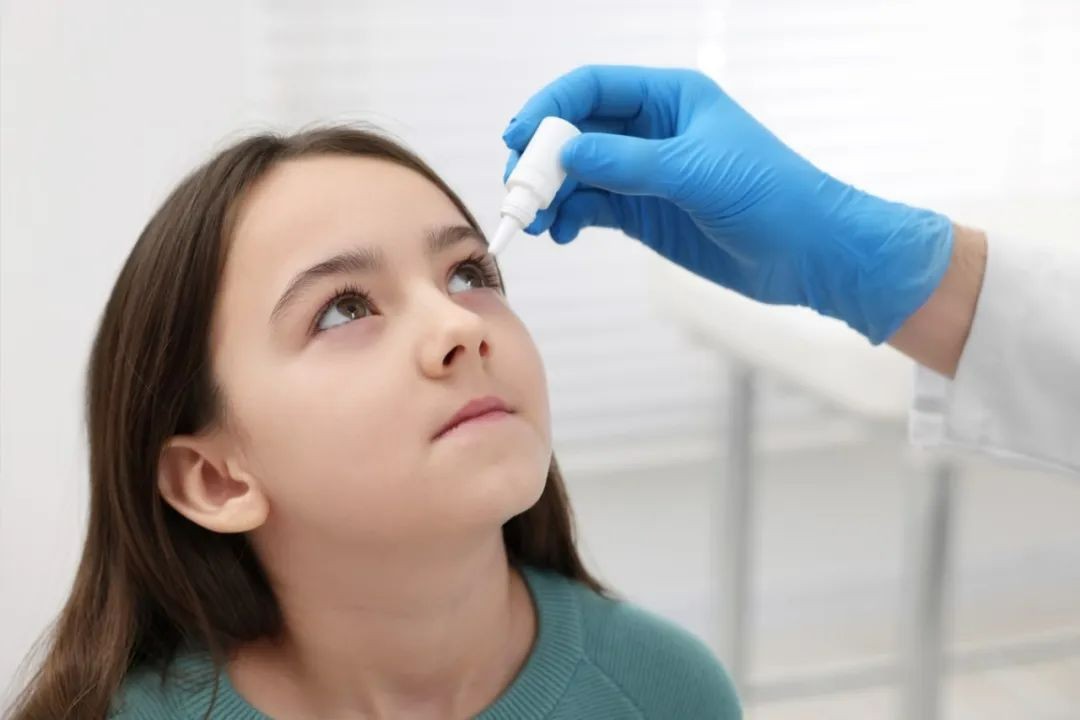Children’s worlds are filled with unknowns and challenges, and myopia remains a top concern for parents. But have you noticed that ethnic minority children, compared to urban children, have significantly lower rates of myopia? Why is that?
Dr. Jiang Xiaodan, who has served in multiple military recruitment campaigns, observed that vision requirements rarely hinder ethnic minority candidates (including those from Xinjiang) from joining the military. A later trip to Xinjiang revealed the answer:
Children in ethnic minority regions like Xinjiang grow up in more open environments with diverse extracurricular activities—singing, dancing, horseback riding, and other outdoor pursuits. These activities not only strengthen their bodies but also give their eyes ample rest and exercise, naturally lowering myopia rates compared to urban children who spend hours indoors with books or phones.
This offers valuable insights into myopia prevention.
 01 Behavioral Interventions
“Parents are busy working, kids have packed schedules on weekends. How can we find time for outdoor activities?”
“Children are glued to books or phones—eyes only rest when asleep.”
“Late nights and boundless energy make it impossible to enforce screen-free time.”
01 Behavioral Interventions
“Parents are busy working, kids have packed schedules on weekends. How can we find time for outdoor activities?”
“Children are glued to books or phones—eyes only rest when asleep.”
“Late nights and boundless energy make it impossible to enforce screen-free time.”
Modern lifestyle changes demand that parents understand their children’s eye habits and adjust daily routines to protect vision:
·
Reading/Writing Habits: Maintain proper posture, use height-appropriate desks/chairs, ensure good lighting. Follow the
20-20-20 rule: After 20 minutes of near work, look at something 20 feet away for ≥20 seconds.
·
Electronics Use: Limit screen time. Parents should also model reduced device usage to curb children’s dependency.
·
Outdoor Activities: Engage in sports and outdoor play to reduce near work. Prioritize weekend trips to parks or suburban picnics for bonding and eye health.
·
Sleep Patterns: Ensure 10–12 hours of sleep nightly. Children should sleep by 20:30, teens by 22:00.
02 Pharmacological Interventions
When addressing myopia, low-concentration atropine stands out as the
only evidence-based medication proven to delay progression.
Studies show that 0.01% atropine reduces myopia progression by ~60% over two years. For example, if a child’s myopia worsens by 100 degrees/year without treatment, atropine can limit progression to ~40 degrees/year.
For more details on low-concentration atropine, refer to our previous article:
Will Low-Concentration Atropine Be "Hyped to Death"?
Combining atropine with optical corrections (e.g., glasses) yields synergistic effects.
03 Device-Based Interventions
·
Orthokeratology Lenses (OK Lenses): Nighttime wear reshapes the cornea via specialized designs, temporarily correcting refractive errors for clear vision during the day.
·
Rigid Gas Permeable (RGP) Lenses: Durable and oxygen-permeable, validated for controlling myopia and keratoconus in adolescents.
·
Defocus Lenses: Specialized optics create peripheral defocus zones, reducing axial elongation by modulating retinal signaling.
Note: All devices require professional ophthalmic guidance for optimal myopia control.
04 Psychological Interventions
Negative emotions and poor habits in children may raise intraocular pressure, disrupt accommodation, or cause visual fatigue. Parental anxiety about myopia can further harm a child’s mental state.
At Renshu Ophthalmology & ENT, we prioritize holistic care:
· Comprehensive eye exams and treatments.
· Open communication with families to alleviate anxiety.
· Personalized myopia prevention plans tailored to individual needs.
By addressing both physical and emotional health, we empower parents to trust our expertise and warmth. Let us safeguard your child’s vision together!
